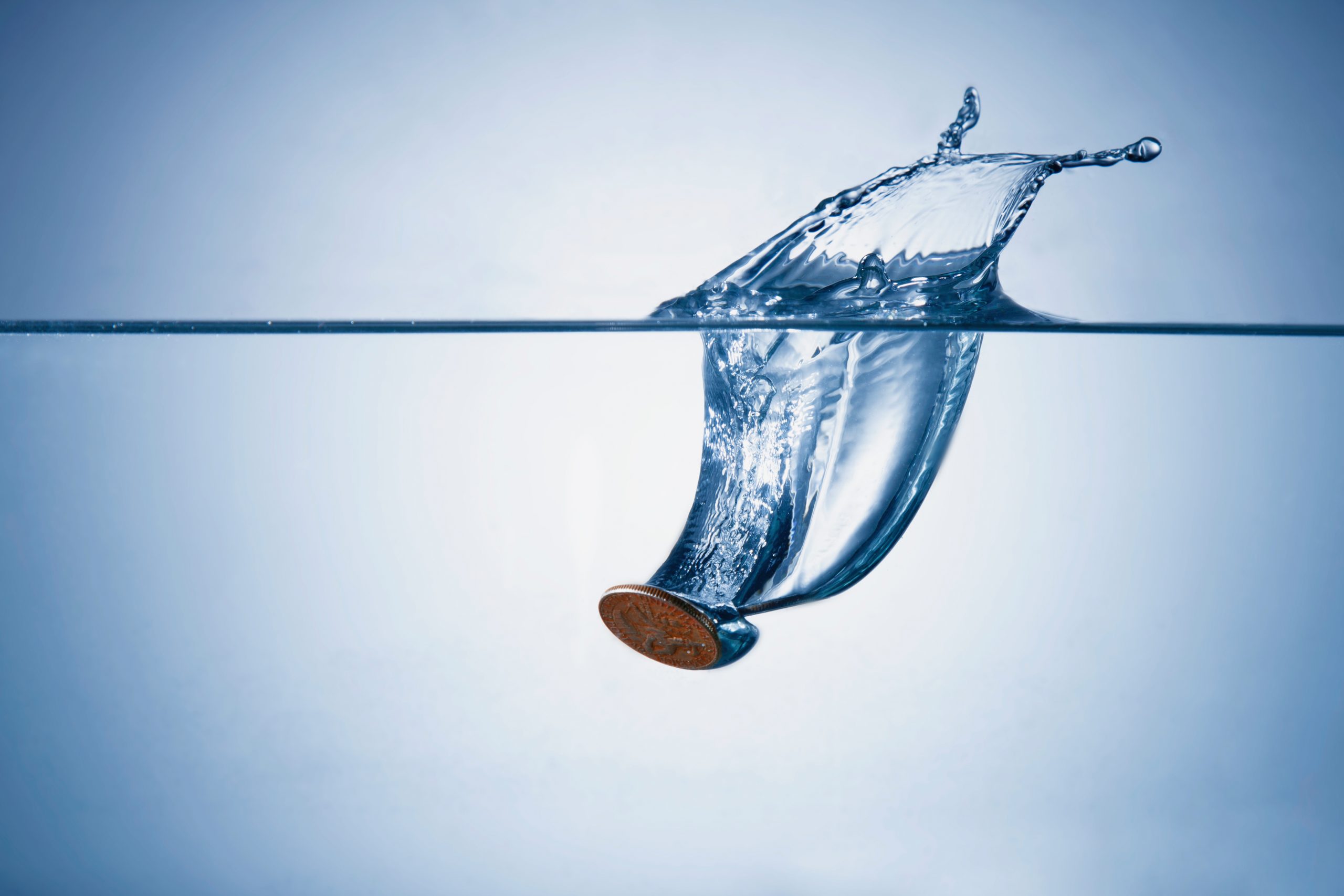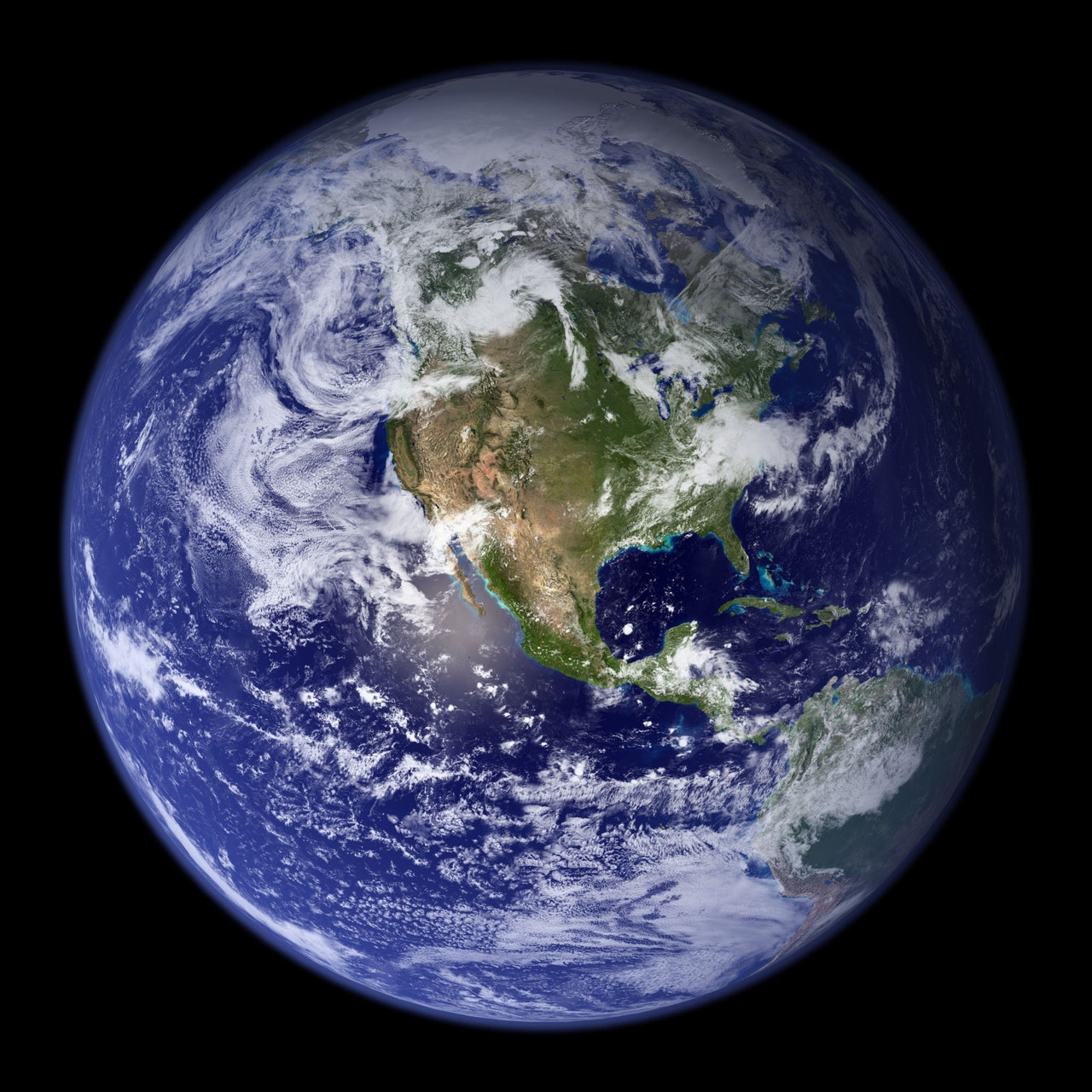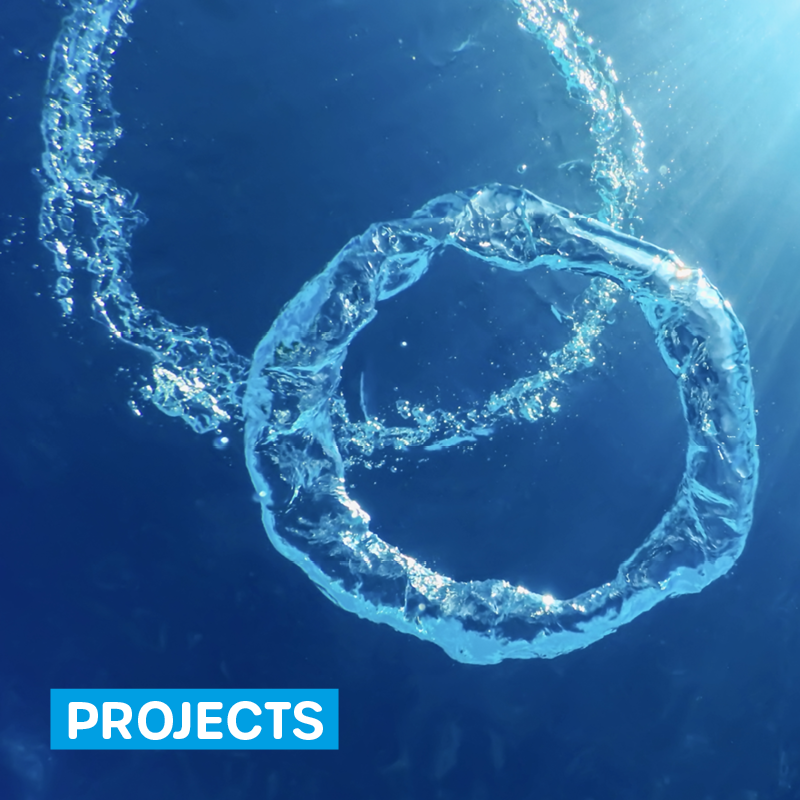
Question about our understanding of impact investment
30. November 2020What types of water are there?
Fresh water, seawater, groundwater, surface water, drinking water, process water - to name just a few types of water. In our new blog post, we describe why we prefer to talk about waters, not water.

Our major goal with Wasser 3.0 is to end the largely uncontrolled distribution of microplastics and micropollutants in our waters.
To this end, we seek impactful levers that will better protect our waters in the future. Where we see these and how they influence our research and development work is largely based on our steadily growing knowledge of water, microplastics and micropollutants and on the dimensions and relations that become clear to us.
We write about this in our blog for water without microplastics and micropollutants, which has three main topics: water, microplastics and micropollutants. Today is about water and the different types of water.
Water everywhere

Freepik
Water is all around us. More than 2/3 of the earth is covered with water.
When we are young, our body consists of 2/3 water. Later it is still 50 percent. Animals and plants largely consist of water. Water is the main component of many foods. Agriculture and industry consume enormous amounts of water every day. Be it human metabolism, the photosynthesis of plants, weather, or climate - the basic conditions of all life on this planet are dependent on and influenced by water.
The basic chemical compounds of water (H2O) are the elements oxygen (O) and hydrogen (H). But there are also minerals, trace elements and various other substances in the water. Water can be differentiated based on its physical, chemical, electrical, and optical characteristics. These include, for example, electrical conductivity, solids and gas content, pH value or water hardness. These parameters vary for different types of water depending on place and time as well as the cleaning and treatment methods used.
Water is water is water – but there are different types of water and waters
About 72 percent of the earth's surface is covered with water, 97 percent of which is seawater. Seawater shows great local differences, for example in terms of salinity. In the area of river mouths, brackish water, i.e. a mixture of salt and fresh water, has its own unique conditions.
Only three percent of the global water resources are fresh water. Of these three percent, around 69.5 percent are bound in polar ice, glaciers or snow covers and are, therefore, not accessible as drinking resources for humans. 30.1 percent of fresh water is groundwater and 0.4 percent surface water.
Groundwater is part of the water cycle and the water below the earth's surface that is created by seeping water from rain, lakes or rivers. Groundwater resources are the most important source of the water supply in many regions of the world.
Around 74 percent of drinking water in Germany comes from groundwater. The increasing pollution of the groundwater by agriculture and industry endangers and impairs the quality of the groundwater. Groundwater protection is subject to various legal regulations (e.g. European Water Framework Directive) and related efforts.
Surface water is the water on the earth’s surface in rivers, streams, lakes, or reservoirs.
These are fed by rain and water from the earth's interior. Surface waters are the habitat of many animals and plants. In terms of infrastructure, rivers are also an important economic component: Sewage treatment plants discharge the treated wastewater via rivers, goods are transported via rivers and drinking water is obtained from them. Surface waters are polluted through contamination from, among other things, industry and agriculture. In order to use it as drinking or process water, it must be pre-treated.
Together with oxygen, drinking water is the basis of all human life.
Not only is it food, it is also important for cooking, personal hygiene and clean housing.
Drinking water can come from groundwater, surface water, precipitation or seawater. In Germany, around two thirds of tap water are obtained from groundwater, one third from surface water. We can drink it either untreated or after processing (i.e. cleaned, disinfected and, if necessary, changed in composition), if it meets the minimum legal requirements. The quality of drinking water is regulated in many national laws, guidelines, and recommendations.
In addition to tap water, other types of water also play a role as food and represent an own economic sector: spring water, medicinal water, table water and mineral water. For them, too, it is regulated by law which criteria each water must meet.

Shutterstock
Water is also an essential component in many industrial production processes.
It is required to operate plants or manufacture products. Depending on the use of various complex cleaning and treatment processes, so-called process water has different qualities and characteristics. It is used in medicine, pharmacy, chemistry, or biology. Process water is used to manufacture medicines, as solvents and cleaning agents or as battery and ironing water.
Process water includes the water types: demineralized, deionized, distilled and ultrapure water.
Industrial water is the least purified water and used in commercial, technical, agricultural and domestic areas. It is not suitable for human consumption but geared towards the requirements of the area of application. For example, toilets and irrigation or cleaning systems are increasingly operated with industrial water, not drinking water.
Wastewater is all the water that has been used in households, agriculture, industry and thus has been polluted to a greater or lesser extent.
Pollutants that get into the sewage system from households include dust and dirt particles, feces, leftover food, and detergents. Pesticides and fertilizers used in agriculture end up in wastewater. As do heavy metals, plastics, pharmaceuticals and other micropollutants via industrial production and inadequate or non-existent disposal and recycling structures. The task of wastewater treatment plants is to purify the wastewater in a way that it can be fed back into the surface waters without disturbing the biological balance.
Water or better waters
When we talk about water, there are many types of water behind it, i.e. different types of water that exist naturally, are specifically produced through cleaning and treatment processes or have different characteristics due to man-made pollution (anthropogenic stressors). Pollutants - including microplastics and micropollutants such as pharmaceutical residues, heavy metals, pesticides, and fertilizers - also exist in different concentrations and compositions.
The specific characteristics of water and pollutions lead to so-called cooperative effects that pose major challenges for water treatment. With our modular and adaptive approaches, materials, and technologies, we aim to meet the individual water situation in the best possible way. From our point of view, water treatment then becomes efficient in terms of removal rates and water and health protection.
We will stick to water in our next blog post too. It is about the condition of our water.











